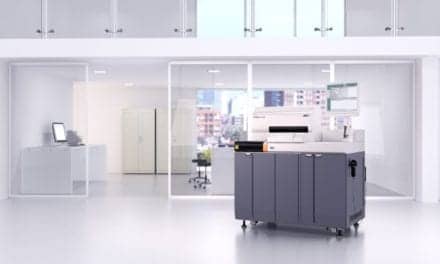Roche, Basel, Switzerland, has announced the CE mark availability of v-Tac, a digital diagnostic solution that enables clinicians to obtain results for arterial blood gas values from patients with respiratory or metabolic abnormalities via a simpler, less-invasive venous puncture and the use of a digital algorithm.
Blood gas analysis is typically used in hospital point-of-care settings where quick and accurate results are needed. Typical settings include emergency departments, intensive care units, and operating rooms. Blood-gas analysis provides clinicians with information about a patient’s pulmonary function and acid‐base status, both of which are essential for making a diagnosis, providing treatment, and monitoring progress.
A traditional blood gas test requires the collection of an arterial blood sample, which can be a painful experience for the patient since most arteries lie deeper in the tissue than veins and have a thicker wall to be punctured. Arterial sampling procedures are usually carried out by medical doctors or specially trained staff.
The Roche v-Tac permits staff without specific training to draw venous blood samples, values for which are then digitally converted into arterial blood gas equivalents. Use of venous sampling instead of arterial sampling can help free up specialized healthcare staff to perform other tasks.
Roche’s v-Tac is fully integrated for use with the company’s Cobas b 123 POC and Cobas b 221 systems using the Roche Cobas infinity POC solution.
“In an emergency situation such as the covid-19 pandemic, Roche v-Tac could also help healthcare professionals to assess disease severity faster in patients, and closely monitor potential deterioration in patients with respiratory compromise,” says Thomas Schinecker, chief executive officer of Roche Diagnostics. “Digital tools based on clinical algorithms like Roche v-Tac can help improve and simplify delivery of care in emergency situations faster and where it is most needed.”
For more information, visit Roche.



